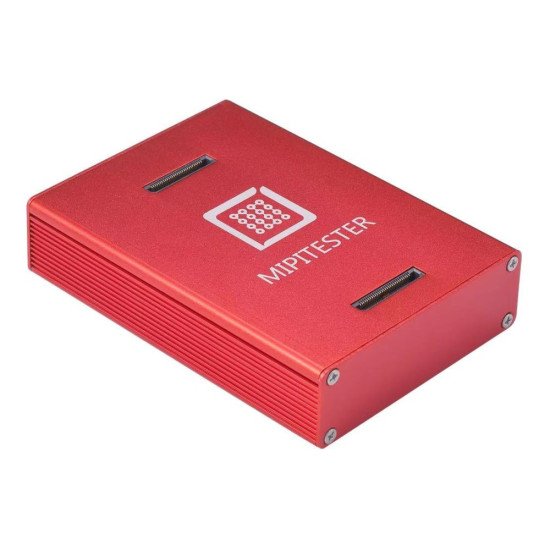Welcome to the comprehensive guide for setting up the latest MIPI (Mobile Industry Processor Interface) tester. MIPI testing is crucial for ensuring the interoperability and functionality of various devices like smartphones, tablets, and IoT devices. In this guide, we’ll walk you through the step-by-step process to set up the latest MIPI tester for efficient testing procedures.
Step 1: Unboxing and Initial Setup
- Unboxing: Carefully unpack the MIPI tester and ensure all components are present as per the manufacturer’s instructions.
- System Requirements Check: Verify that your system meets the minimum requirements specified by the MIPI tester. This includes hardware specifications and compatible operating systems.
- Connectivity Setup: Ensure proper power supply and connect the MIPI tester to the required devices via USB, HDMI, or any other designated ports.

Step 2: Software Installation
- Driver Installation: Install the necessary drivers for the MIPI tester to communicate with your computer or testing environment.
- MIPI Testing Software: Download and install the latest MIPI testing software provided by the manufacturer. Follow the installation instructions carefully.
- Firmware Update (If Required): Check for firmware updates and perform the update process if a newer version is available. This ensures the tester operates with the latest features and improvements.
Mipi Tester Latest Setup Download
MIPI BOX SN ERROR FIXING
Step 3: Calibration and Configuration
- Calibration Procedure: Follow the calibration guidelines provided in the user manual. This step ensures accurate measurements and reliable testing results.
- Configuration Settings: Set up the tester according to your testing requirements. Adjust parameters such as resolution, frequency, and specific test parameters.
Step 4: Testing Procedures
- Functional Testing: Perform functional tests to check the basic operations of MIPI interfaces, such as display, camera, sensors, etc.
- Protocol Compliance Testing: Conduct tests to ensure compliance with MIPI specifications. This involves verifying adherence to the standard protocols for various interfaces.
- Error Analysis and Troubleshooting: Analyze any errors encountered during testing. Troubleshoot issues by referring to the user manual or contacting technical support if necessary.
Step 5: Documentation and Reporting
- Test Report Generation: Document the test results, including successful tests, failures, and any deviations observed.
- Reporting and Analysis: Prepare a detailed report summarizing the testing procedures, results, and any recommendations for improvements.



